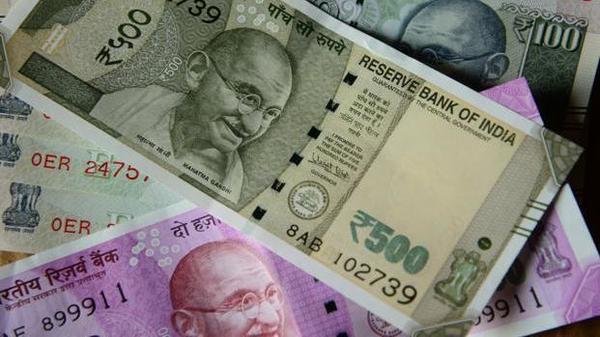

Ahead of the Union budget on 5 July, investment in new projects plunged to a 15-year low in the quarter ending in June 2019, fresh data from the project-tracking database of the Centre for Monitoring Indian Economy (CMIE) shows.
Indian companies, across both private and public sectors, announced new projects worth ₹43,400 crore in the June 2019 quarter, 81% lower than what was announced in March quarter and 87% lower than the same period a year ago.
These are provisional figures that come with a lag and may even be revised upwards by CMIE. However, the data paints a grim picture of an investment-starved economy and resonates with the Reserve Bank of India’s (RBI) concerns of shrinking investment in the Indian economy.
The sudden drop in project announcements was driven by a slump in both private and government investments. This was unlike the previous two quarters when the capex slowdown was driven largely by a fall in private investment. Investment in new public sector projects fell by 77% compared to the March 2019 quarter and by 84% from a year ago while investment in private sector projects fell similarly (83% compared to the previous quarter and 89% compared to last year).
These sharp decreases could be partly a result of the uncertainty induced by the general elections and the transition to a new regime. While the 2014 elections quarter saw an increase in investment, in both the 2009 and 2004 election quarters investment fell compared to previous quarters. However, compared to both 2009 and 2004, investment in the June 2019 quarter fell the most – suggesting a deeper investment malaise in the economy.
The investment slump is broad-based with project announcements in all sectors declining in this quarter. Investments in the manufacturing sector decreased particularly sharply, falling by 75% compared to the March quarter and 68% compared to the same period last year. Similarly, investments in the services sector also fell sharply (94% compared to the previous quarter and 98% compared to the same period last year).
Amidst the uncertainties of the general election and the new government taking charge, implementation of investment projects worth ₹13 trillion has been stalled — the highest value since CMIE began compiling data in 1995.
According to CMIE data, private sector projects are being stalled at unprecedented rates. The stalling rate is calculated as a percentage of the total projects under implementation so that the values are comparable across time. The stalling rate of private sector projects, which has hovered above 20% since the September 2017 quarter, reached an all-time high of 26.1% in the June 2019 quarter. Within sectors, the manufacturing and power sectors have suffered the most with stalling rates of 27.2% and 20.4%, respectively. They along with the service sector contribute to 92% of the total stalled projects.
Lack of funds remains the most important reason for stalled projects in recent quarters, implying a liquidity crunch as under-financed banks and stressed corporations are finding it increasingly difficult to finance their projects. Other major bottlenecks include problems with fuel and raw materials and delays in land acquisition.
Investor’s appetite may have also been affected by the economy-wide slowdown. The latest Mint Macro Trackerrevealed that the Indian economy slowdown is worsening with the economy in a worse position than it was six months ago according to several high-frequency indicators. In addition, the uncertainty from the transition to a new government combined with the general slowdown in global economic activity could further dampen investor sentiments.
This new data highlights the urgent need for the upcoming budget to change investor sentiment and remove investment bottlenecks. Because until the deepening investment slump is addressed, India’s economy is unlikely to recover and will be a long way off from the Prime Minister’s $5 trillion target.
[“source=livemint”]
